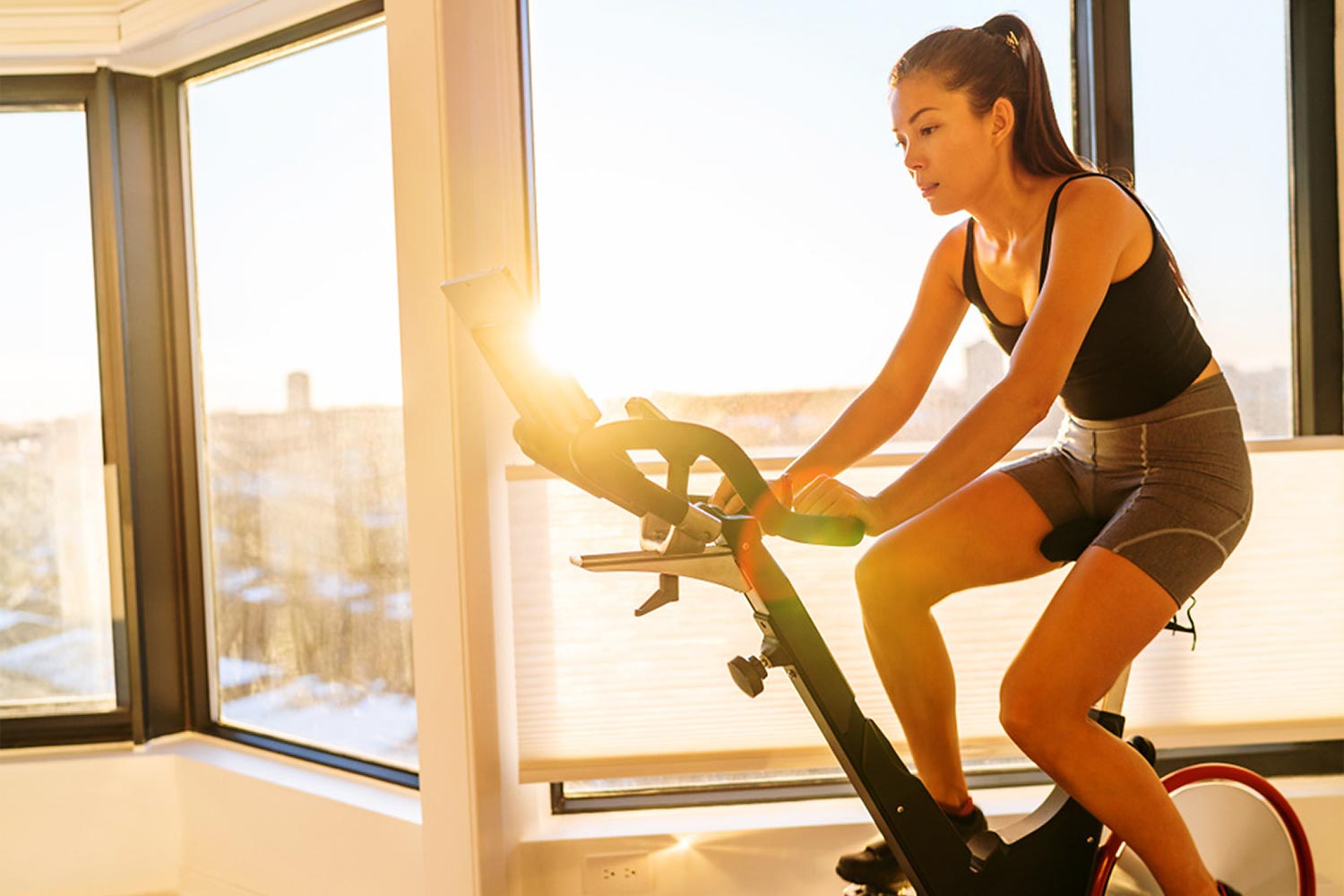Under the current lockdowns during the COVID-19 pandemic, people are restricted in their movements and activities in order to help limiting disease transmission. However, it remains important for people of all ages and abilities to be as active as possible.
Physical activity refers to all forms of active recreation, sport participation as well as activities at work and around the home and garden. It does not have to be exercise or sport. In fact, playing, dancing, gardening and even house cleaning are a part of being physically active. Not only to boost immune function to act against viruses more effectively, but regular physical activity also helps ease muscle functions and reduces risks of developing chronic diseases as well as relieving mental tension, improving overall mental health.
Be active
Although there is no confirmative evidence suggesting that regular exercise can prevent people from catching the COVID-19 disease, all forms of physical activity play a major role in enhancing immune functions, resulting in lowered risks of being infected as well as quicker recovery if becoming infected. However, being physically and mentally active during the COVID-19 pandemic is challenging, due to certain restrictions. It is still vital to continue daily life with regular movements in order to remain fit and active. To benefit overall health and wellbeing, recommendations made by health authorities on physical activity for people of all ages include:
Regular physical movements: It is suggested to have a total of at least 150 minutes of moderate-intensity physical activity throughout the week, or at least 30 minutes per day, at least 5 days per week.
Vigorous-intensity exercise should be avoided: Since vigorous exercise might suppress certain aspects of immune function, thus only moderate-intensity activity is preferred. Still able to talk while exercising is an example of moderate-intensity.
At-home workouts: At-home workout routine can be started easily with a wide range of activities, for instance:
- Stair climbing;
- Dancing practice using social network and media;
- Playing games that require physical movement;
- Having exercise instructed by experts or trainers over the internet;
- Conducting simple activities, such as skipping rope and yoga.
At-home workouts while working from home
Fitness centres, gyms and parks are recently opened under strict prevention measures, in an effort to prevent the spread of the viruses. Skipping physical activity routine during the spread of the virus reduces physical fitness and overall health status. If physical inactivity continues for a long time, this might potentially lead to decreased fitness level up to 10% per week.
Instead of going to these crowded places, at-home workouts can be easily implemented with convenience and joy. Tips for starting routine at-home workouts are:
- Exercise should combine both cardio and strength training. Cardio training generally involves exercising at a constant moderate level of intensity, for a specified duration in order to strengthen the heart and increase lung capacity. Cardio training can be performed both in the form of continuous training and intermittent or interval training. Strength or resistance training aims to improve muscular fitness by exercising a specific muscle or muscle group against external resistance, weight machines or body weight.
- Researches have indicated that vigorous or high-intensity exercise can potentially induce immune suppression, thus the optimal length for each exercise session should be no longer than 60 minutes while target heart rate should be lower than 80% of maximum heart rate.
- In case of the lack of fitness equipment used in gyms, alternatives include bodyweight exercise using one’s own body weight and elastic resistance training using elastic devices such as elastic bands and tubes.
- The workout should begin with a warm-up and end with cooling down. A warm-up and cooling down are important since they increase flexibility of muscles and help prevent injuries.
- To avoid boredom after repeating the same routine, exercise should be performed with joy and fun. Interval training can be chosen as an alternative form of cardio training which is simply alternating short bursts of intense activity with intervals of less intense activity. In addition, there are plenty of mobile applications involving exercise and physical activities such as online games and competitions which participants can easily join at home.
Given the current circumstances, prevention of disease transmission via all means remains crucial as the first priority. Staying active and fit is also important to minimise the risk of infections. To reduce chances of viral spreading, at-home exercise or exercise in isolation areas with social distancing (at least two metres from each other) is highly recommended. Especially outdoor exercise, social distancing must be strictly complied with since droplets contaminated with viruses from infected people when sneezing or coughing might spread further due to speed and wind velocity. Besides social practice, other preventive measures must be followed, such as maintaining good personal hygiene, frequent handwashing and avoiding touching mouth, eyes, nose and face.
Source: Dr. Pakapon Issaragrisil, Sports Medicine and Orthopedic Surgeon, Bangkok Academy of Sports and Exercise Medicine (BASEM), Bangkok Hospital








